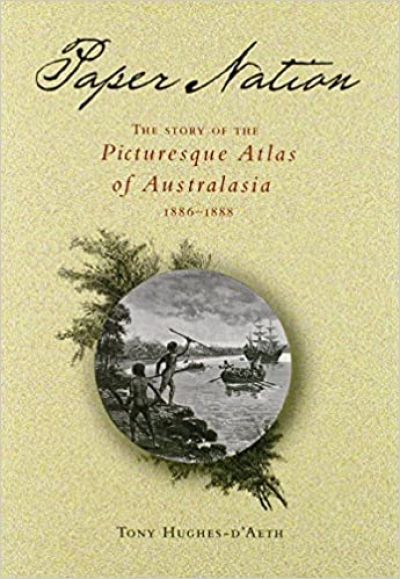Ian Morrison
Creative Lives: Personal papers of Australian writers and artists by Penelope Hanley
by Ian Morrison •
Encyclopedia of Exploration 1850–1940 by Raymond John Howgego & Australia in Maps by Maura O’Connor et al.
by Ian Morrison •
The World of the Book by Des Cowley and Clare Williamson
by Ian Morrison •
Encyclopedia of Exploration, 1850–1940: The oceans, islands and polar regions by Raymond John Howgego
by Ian Morrison •
A City Lost and Found: Whelan the Wrecker's Melbourne by Robyn Annear
by Ian Morrison •
Encyclopedia Of Exploration 1800 To 1850 by Raymond John Howgego
by Ian Morrison •









